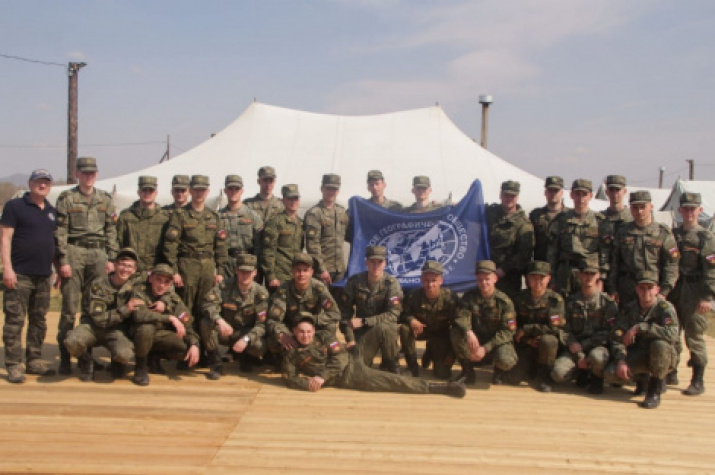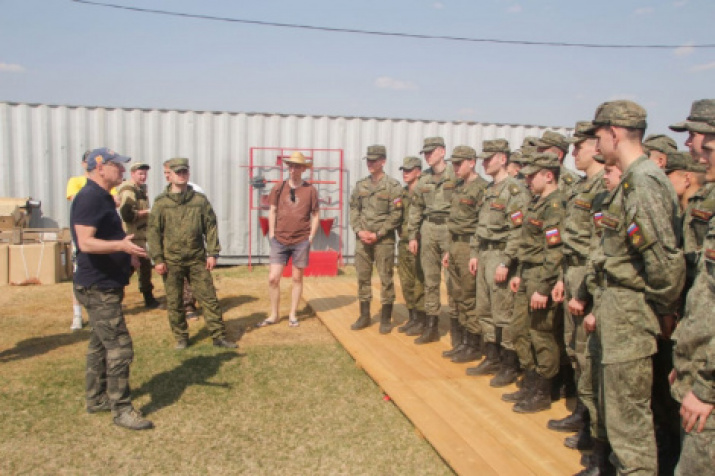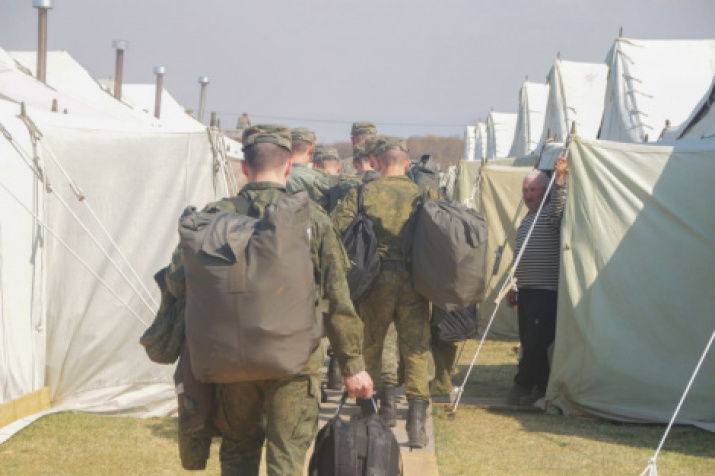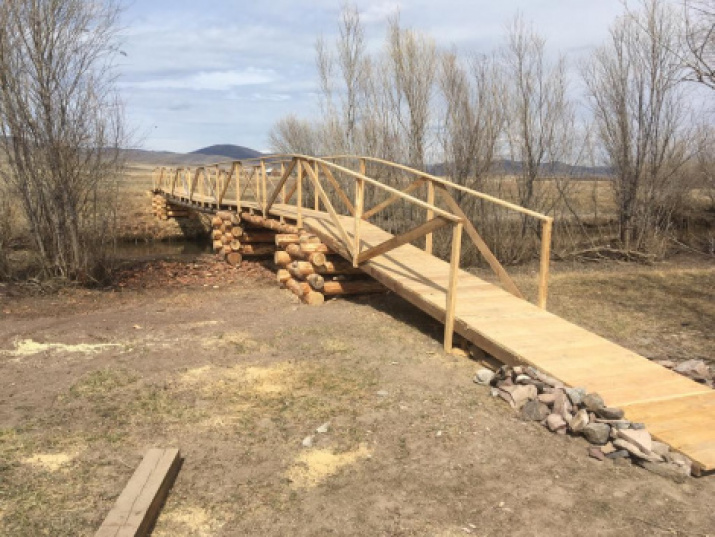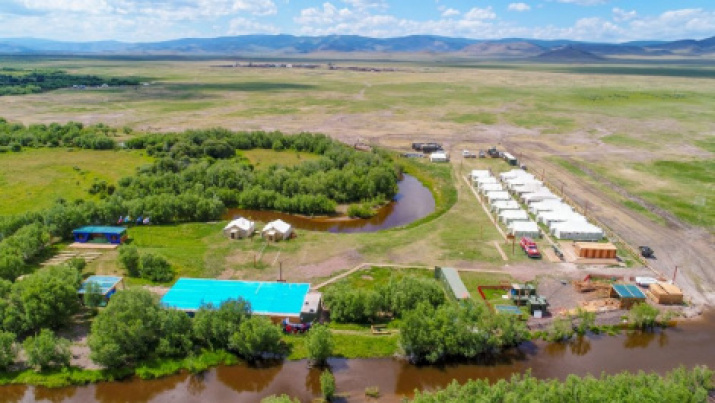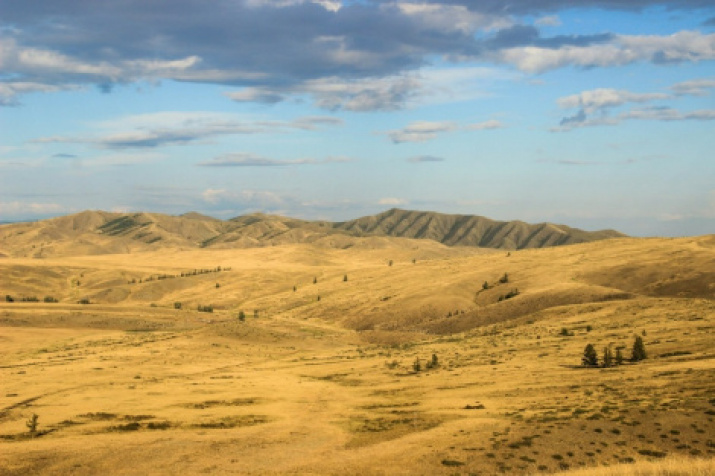The second field season of the international Complex Archeological and Geographical Expedition of the Russian Geographical Society for the Study of the Tunnug Kurgan in the Republic of Tyva opened on May 7. 34 people arrived at the expedition camp - this is the first group of volunteers. The young people settled in tents, got up for rations and rested after a long journey. Volunteers are receiving safety briefings during expeditionary work and living in a field camp, after which they will begin work on the kurgan, from May 8, over the next few days.
The Tunnug Kurgan is located in the floodplain of the Tunnug and Uyuk rivers, near the Chkalovka settlement in the Piy-Khemsky district of the Republic of Tyva. It is part of the so-called Valley of the Kings, where are many "royal" kurgans of the Scythian time. According to preliminary data, the burial of the Tunnug Kurgan is the largest and the earliest Scythian monument - about the 9th century BC. Presumably, the kurgan stands on the permafrost, so there is a chance to find preserved organic matter under its stone embankment. In other words, members of the expedition have the opportunity to witness the most interesting archaeological discoveries.
There are four shifts of the international expedition: May 7 - 30 May, June 1 - June 30, July 1 - July 31, August 1 - August 31
Detailes about the last year expedition and what archaeologists are going to find in the Republic of Tyva can be found here.
In addition to the excavations, a busy cultural program was prepared for the volunteer team: lectures by archaeologists from the Institute of History of Material Culture of the Russian Academy of Sciences who arrived simultaneously with volunteers, sports events, themed days, and visits to museums and sights of Tuva and neighboring regions. Traditionally, volunteers will take part in the care of memorials to the participants of the Great Patriotic War, located in the villages close to the camp, as well as in the events held in the Republic of Tyva to celebrate the 74th anniversary of the Great Victory.
The arrival of volunteers and archaeologists was preceded by a reconnaissance visit, during which representatives of the Russian Geographical Society, the Expeditionary Center of the Ministry of Defense of the Russian Federation and the General Directorate of the Ministry of Emergency Situations in the Republic of Tyva inspected the expedition’s camp and the site of the expeditionary works - the Tunnug barrow excavation site. During the departure, the order of placement of volunteers and realization of archaeological work is determined, and additional irrigation (drainage) measures are provided on the mound.
Let us recall that the first field season of the RGS expedition on the study of the Tunnug kurgan took place in 2018. It was attended by 45 specialists attracted by the Institute of the History of Material Culture of the Russian Academy of Sciences, and 90 volunteers of the Russian Geographical Society from Russia, the USA, Canada, Great Britain, Latvia, India, Ecuador and other countries of the world.

